We left Aswan to head to Kom Ombo and Edfu later than planned, not exactly sure why, I think because we were parked-in by another cruise ship. Original plan was to get to Kom Ombo before sunset see the temple and then head to Edfu where we would spend the night and see the temple in the morning. Latter part of the plan worked out, because we left Aswan late we only got to Kom Ombo after sunset. It would have been good to see Kom Ombo during the day, seeing it lit up from below at night gave it a different dimension of intrigue, beckoning you in like a beacon drawing a moth to the light.
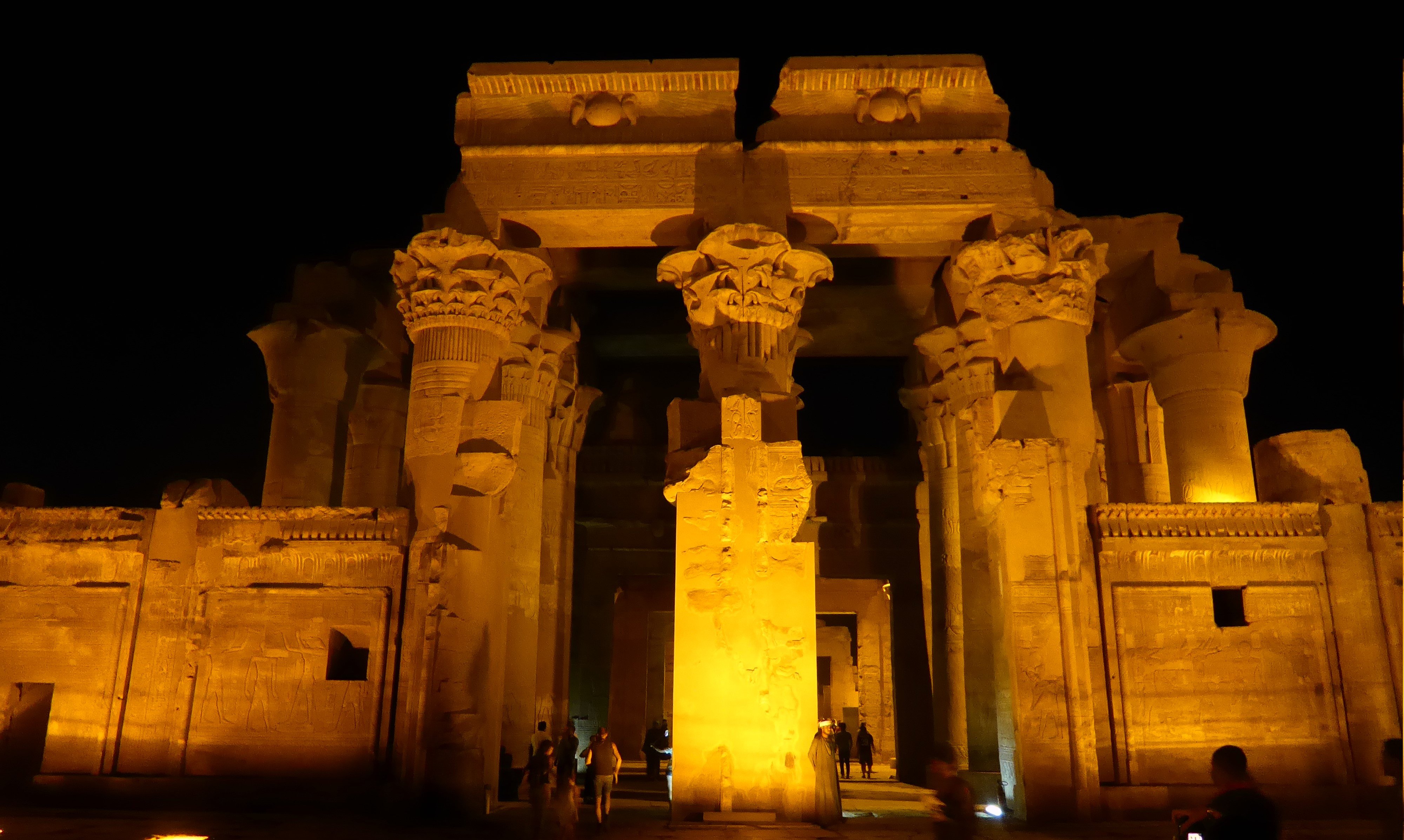
Temple of Kom Ombo
A substantial temple, it is about 2/3 that of Philae and designed in similar fashion as almost all temples were. The pylons are no longer visible, but part of the wall still is and judging by the thickness it would have been big. A unique part of the wall which everyone walked past has the original cedar wood wedge joining two of the blocks, it looks like it is only a few years old. Like all the other visitors I wouldn’t have thought much of it if it weren’t for my guide Mahmoud. Kom Ombo Temple like Philae was built in the Ptolemaic Period, only later, starting in around 180 BC it was added to over the years and completed in 47 BC.
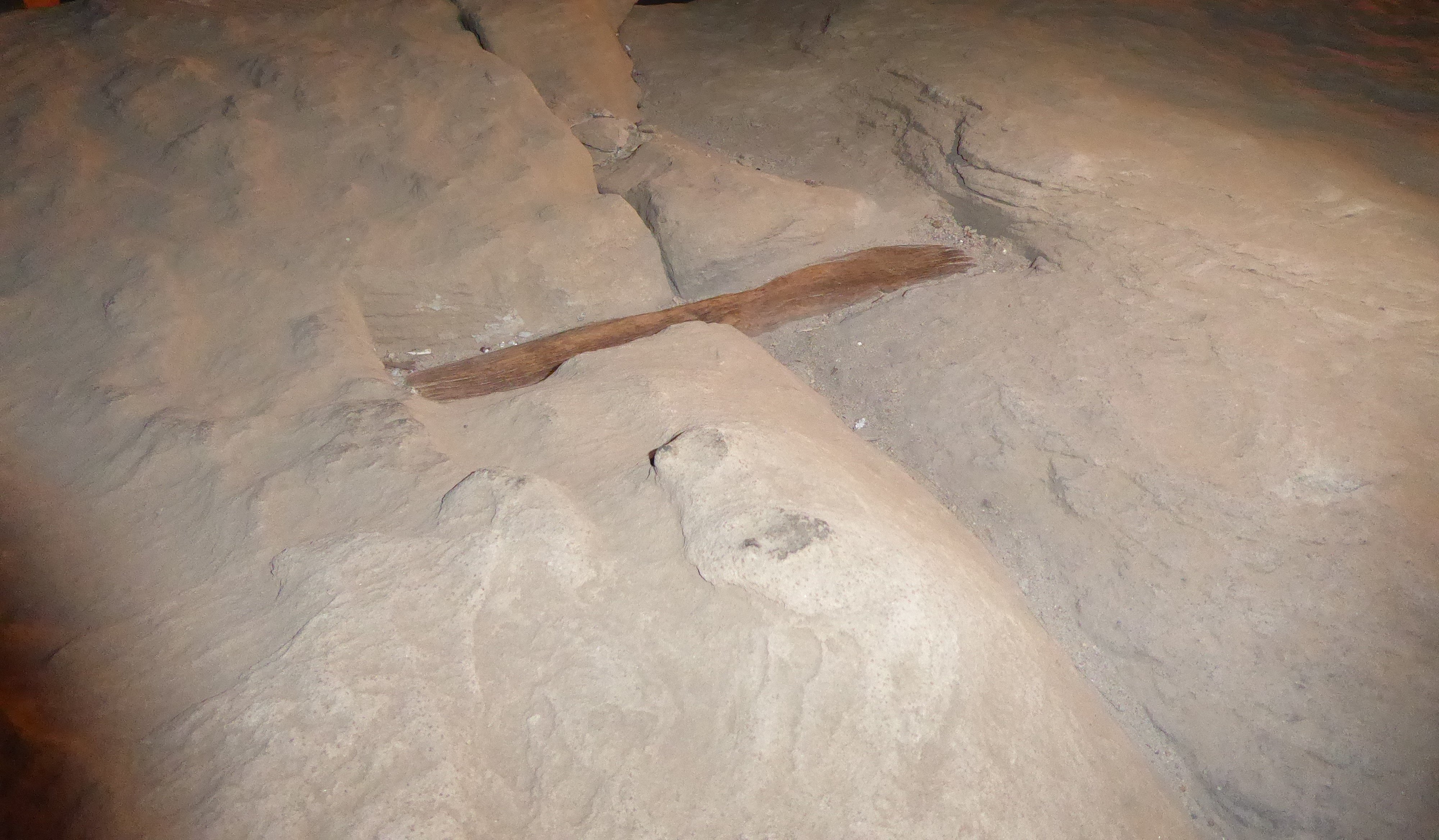
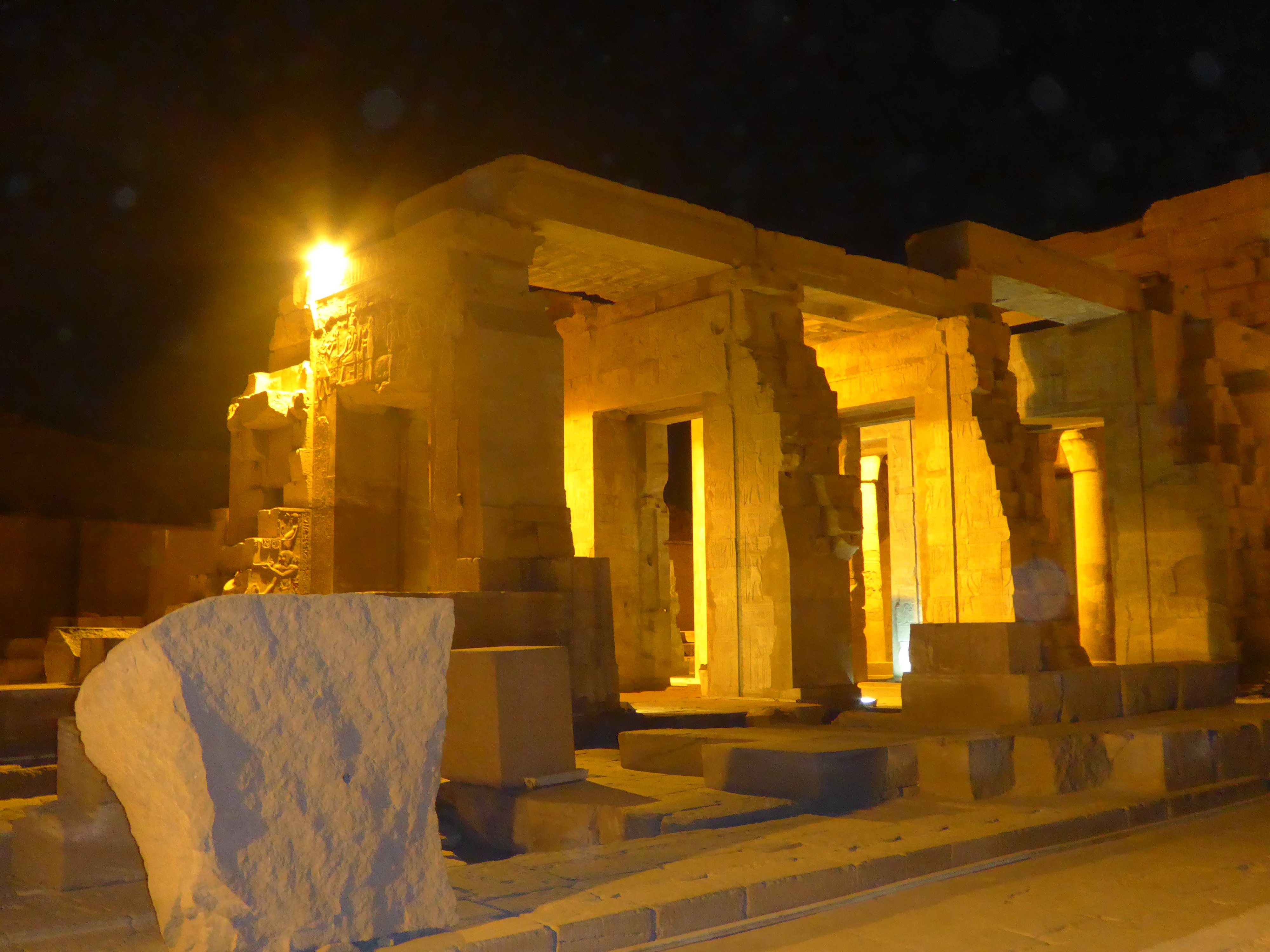
What makes Kom Ombo a one of a kind temple is that it is dedicated to two gods, Sobek (crocodile, god of fertility) and Horus (falcon, one of the most ancient of gods; like an overseer of everything in the land of the living). Kom Ombo Temple is a perfectly symmetrical temple, cut right down the middle facing the entrance everything to the left (North) is dedicated to Horus, everything to the right (South) is dedicated to Sobek. Throughout Egypt most areas had their own regional god and also worship the “national” gods too.

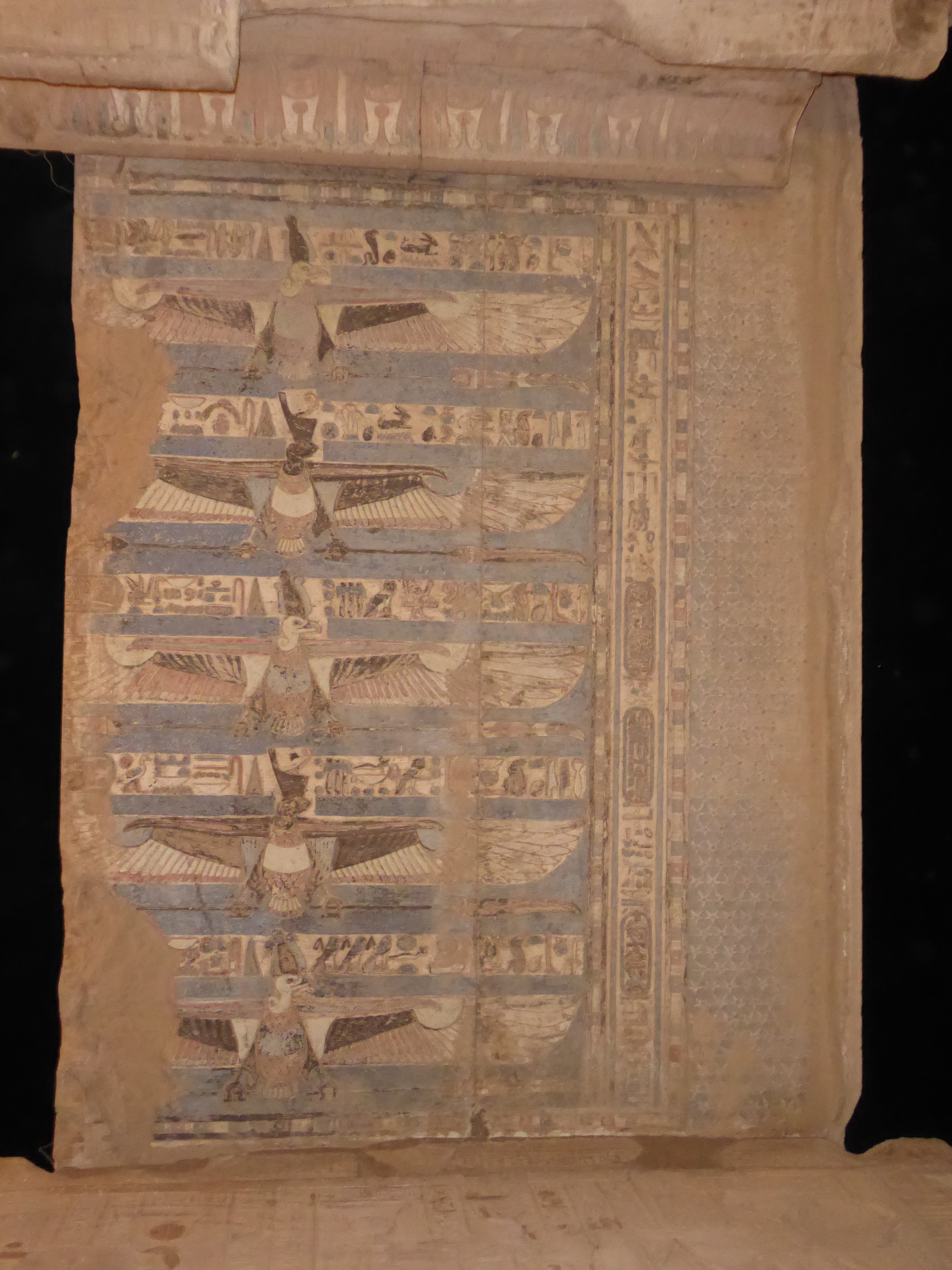
Something I’ve always wanted clarification on was what was used as a ceiling for the temples, most temples only have fragments (what I had seen to date) and other nothing at all. Kom Ombo is a brilliant example and along with Mahmoud’s tutelage I now know…I hope my explanation makes sense! Above the capitals they had a square block (in most cases sandstone), on top of this they had huge blocks joining the pillars like cornices all in the same direction (about 1,5m thick), then to cover the void another layer in the opposite direction of equally huge sandstone blocks were laid against each other to create the ceiling! The combined size and weight of the stones is staggering! In a completed temple all of this pillars, walls, capitals, cornices and ceilings would have been decorated by hieroglyphics, painted or both.

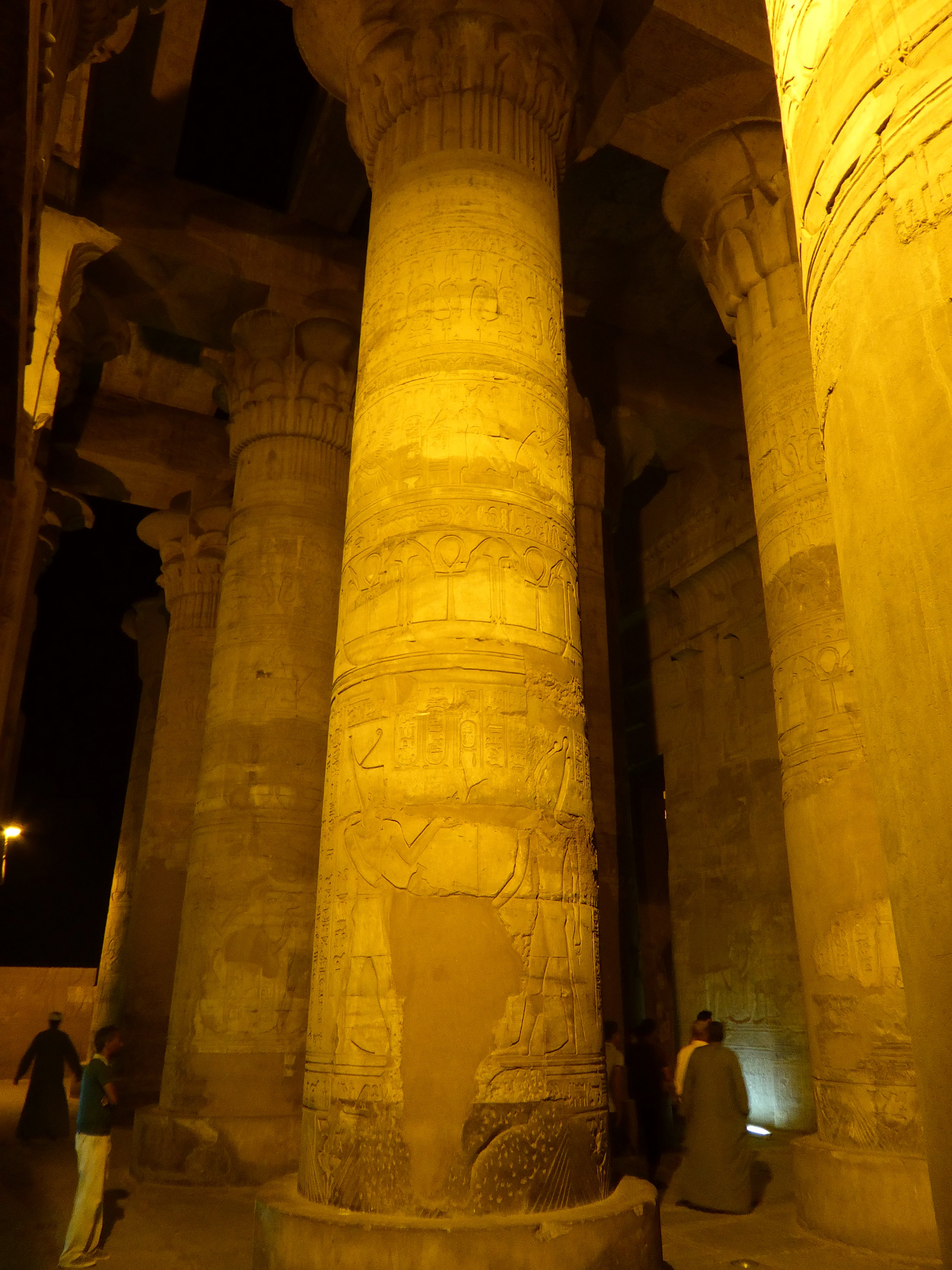
For the first time I got to see some of the decorative paintings that would have adorned every inch of the temple, including the ceilings. Throughout the ceiling, where it is still in situ, are painted vultures with their wings spanning out the width between the columns. This is a repetitive pattern one all the ceilings from one end to the next (East to West), the vultures carved into the stone with some parts painted black and white and the void between each bird painted blue to represent the sky. Mahmoud did tell me but I forgot, I think the vultures are a representation of the god Mut; a primal deity, the waters from which everything is born and wife of Amun.
Crocodiles were revered in this region and they used to have a live crocodile in the holy sanctuary where only the high priest could entre. When the site was excavated they found 300 mummified crocodiles, some of them are massive! They have about 30 of these on display in a little museum adjacent to the temple, it is strictly no photos allowed even without a flash. If you happen to visit the temple the museum is a must, it’s small so only takes 10 minutes at most.

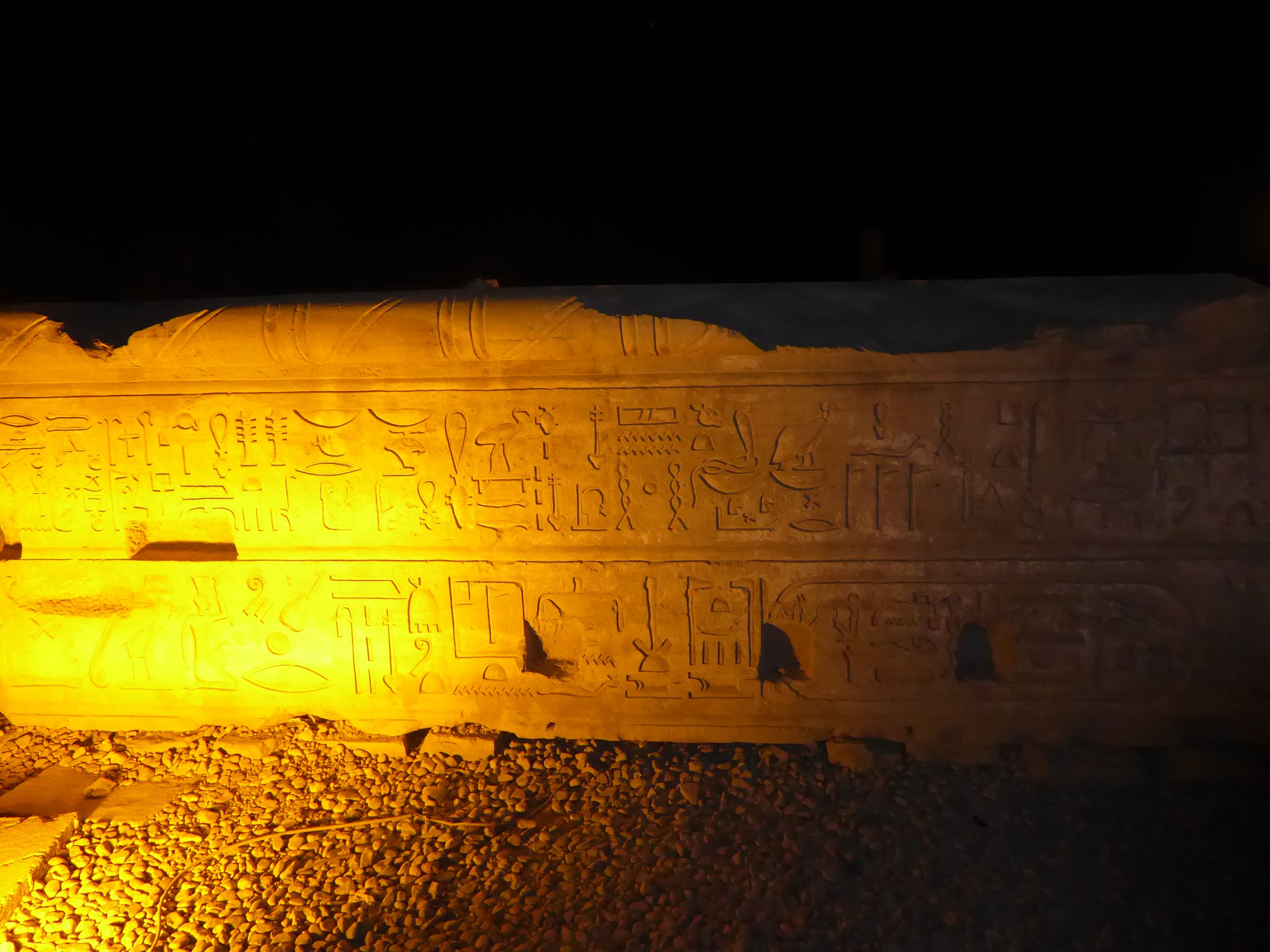

Kom Ombo isn’t in the best of conditions but has some tantalising treasures like the Sobek Temple’s calendar, this shows the schedule of an entire year of what the temple did, or needed to do. Broken down into days, weeks and months what they would be celebrating, when and how many of what offerings needed to be given; surprisingly what they had to offer variety quite a lot from ducks, bread, geese, fish etc. etc.
Within the temple complex there is also a Niloteter, yes that’s the actual word and does what the name says; it measures the Nile’s water level which was also an indication of how well the areas farms would do and also the clarity, especially important as they relieved heavily on the annual flood season. The level of the water would also give the priest an indication of how much tax the locals would be charged. The temples served a few functions not only religious, they would be the voice of the gods, king and would serve the law and tax collection amongst other things too.
Back to the boat for dinner whilst we cruised to Edfu.
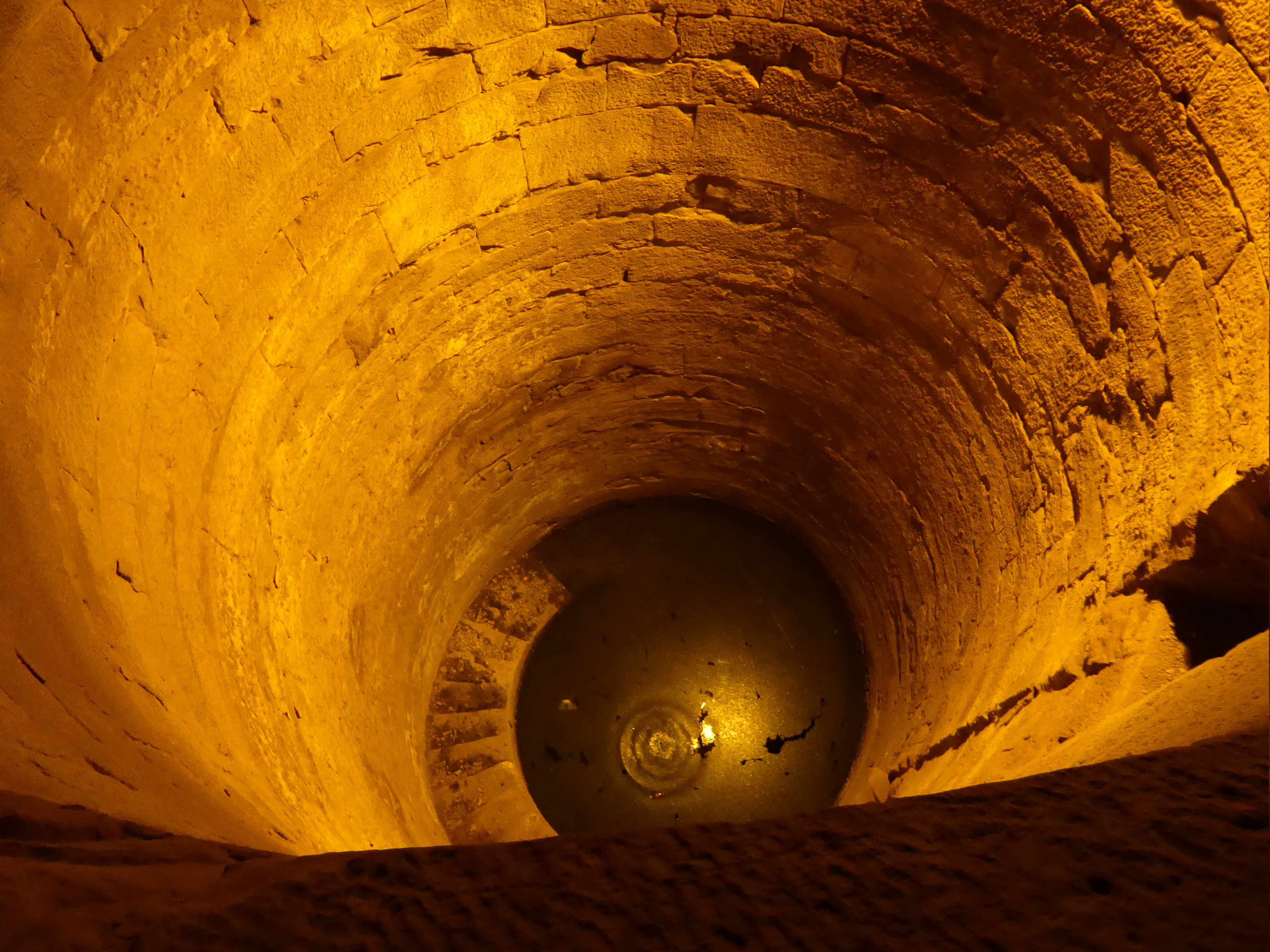
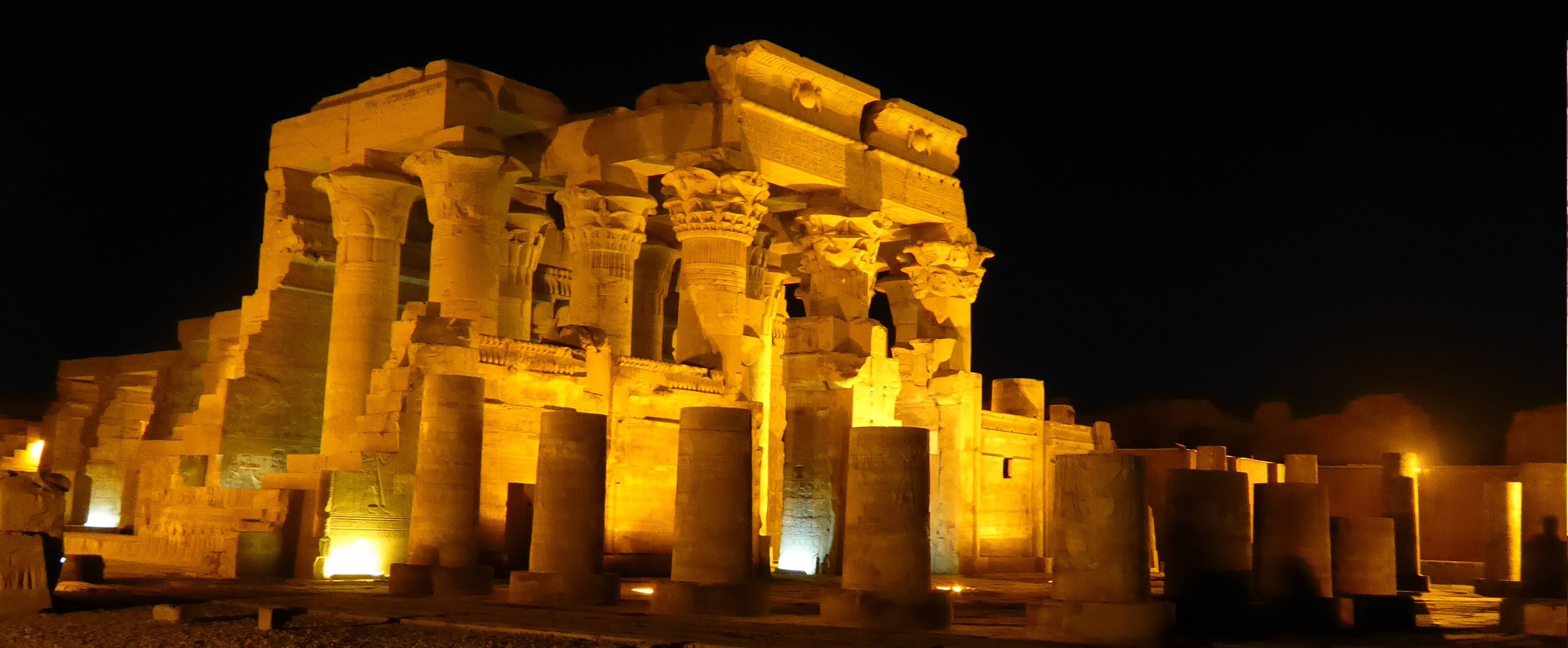
Temple of Edfu
Next morning at 8:00 we headed off to Edfu Temple, our mode of transport was a horse and carriage that adorn the roads along the Nile densely congregated where ever the tourists are, especially where the boats dock. Mahmoud was telling me that before the 2011 revolution the river had about 250 Nile cruise boats, more than half now lying stagnant along the Nile in the hope tourism will pick up. A little cramped, bumpy however interesting ride through the small town of Edfu and we arrived at Edfu Temple. Whether purposefully done I don’t know but you ride around most of the temple before getting to the entrance. The once perimeter wall of the temple complex is the biggest I seen to date, come to think of it the biggest I saw in my whole time in Egypt. Made of mudbrick as places it must be at least 10m at the base, at a very minimum, the height now a diminished stature of what it would have been still stands over 10m high in some places…how high it used to be I have no idea!
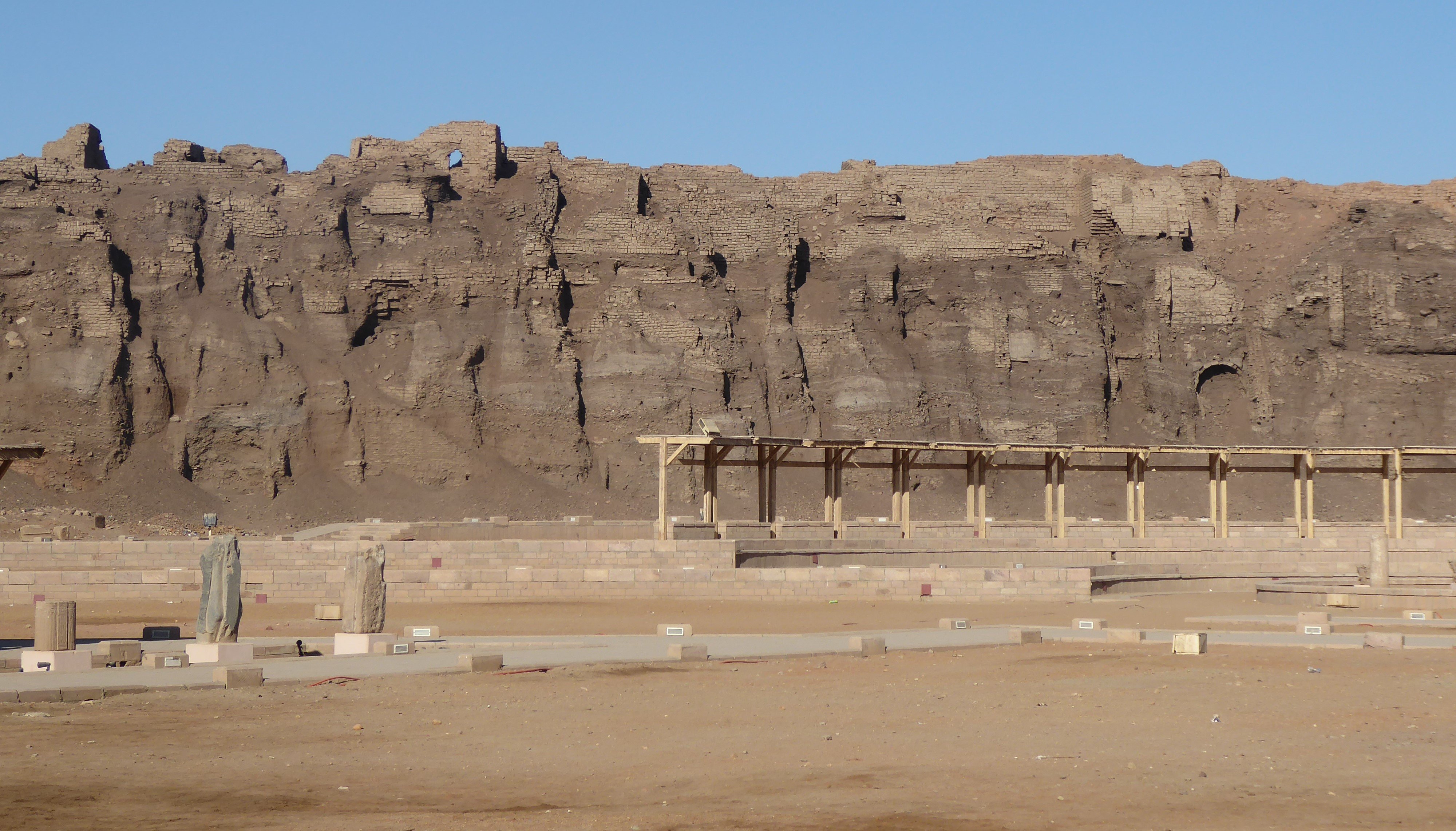
Edfu, is a BIG temple, biggest I had seen to date and impressive is an understatement! Edfu Temple is dedicated to Horus and was built on top of an older smaller temple of Horus. What is seen today was built in the earlier part of the Ptolemaic period with construction starting on 23rd August 237 BC (the date is inscribed on one of the walls) and completed in 57 BC.
NB. Something, I hadn’t mentioned in my previous blogs but an essential fact. In almost every temple there is graffiti everywhere representing languages and times for thousands of years, but, a lot of it is very high up the walls, columns etc. that’s because over the years these temples were neglected and forgotten leaving nature, and in Egypt’s case the desert to consume them. When Edfu Temple was excavated the ground level was 12m above the original ground level leaving only parts of the Pylons above ground; this is the same for most other historical sites, some fully covered under metres of sand.
In addition to the above, the temples functions changed over time even being used by different religious. In these instances, many temples were defaced as blasphemes by gauging away any representation of other gods.
The first mammoth pylons symmetrically carved with Horus taking main stage, the carvings are about 10m in size, which leads into the first courtyard; this is where the general public would bring their offerings but allowed no further, only royalty or aristocrats could go into the next section but no further, beyond that was restricted to the priest and the main holy sanctum was only accessible to the high priest. So that the so-called minions of society could get a glimpse of the god, the holy sanctum had skylights cut into the stone ceiling which would shine down and reflect of the golden Horus statue…what brilliant PR!
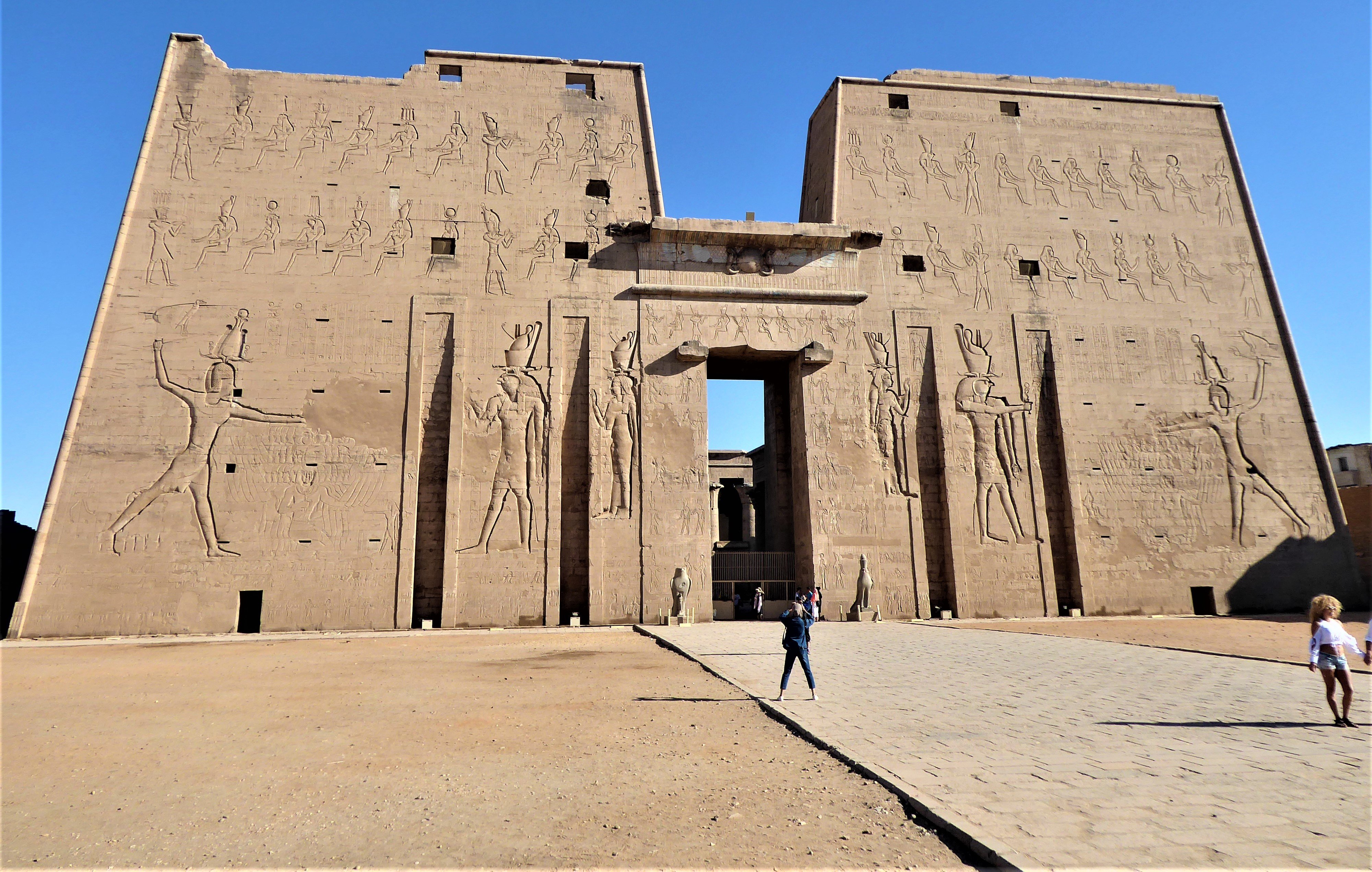

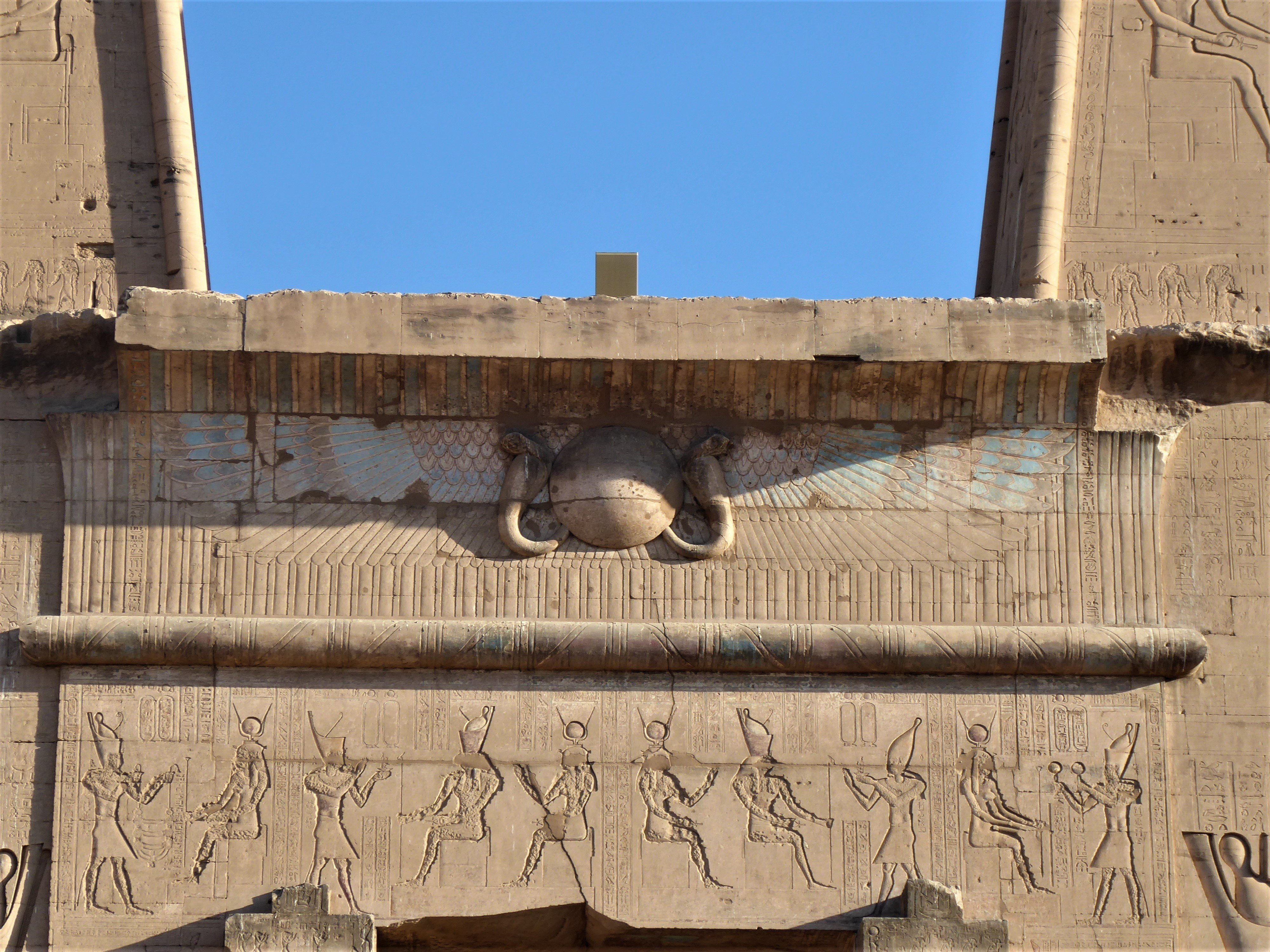
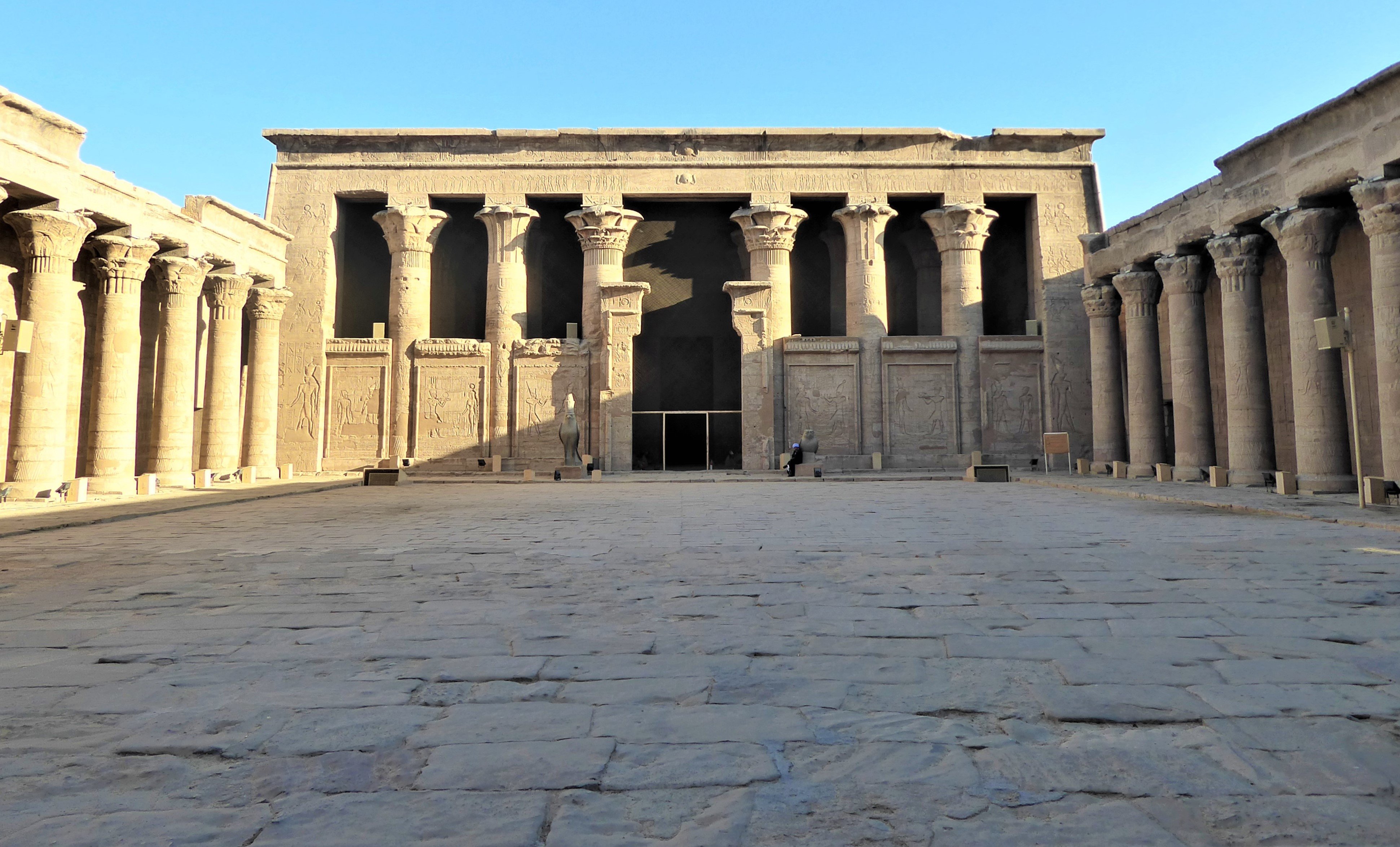
Like I’ve mentioned you can see this is a Greco-Roman era temple by the varying capitals, these still showing some of their colour in original splendour. I was super excited about Kom Ombo, but here, the temple is almost still fully complete. Great pillars in the second section engraved from bottom to top where they flare out into beautiful capitals painted in reds, greens, whites and yellows, faded yes, beautiful nonetheless. The painted vultures cover every inch of the ceiling except the storage rooms which are painted dark blue with yellow stars.

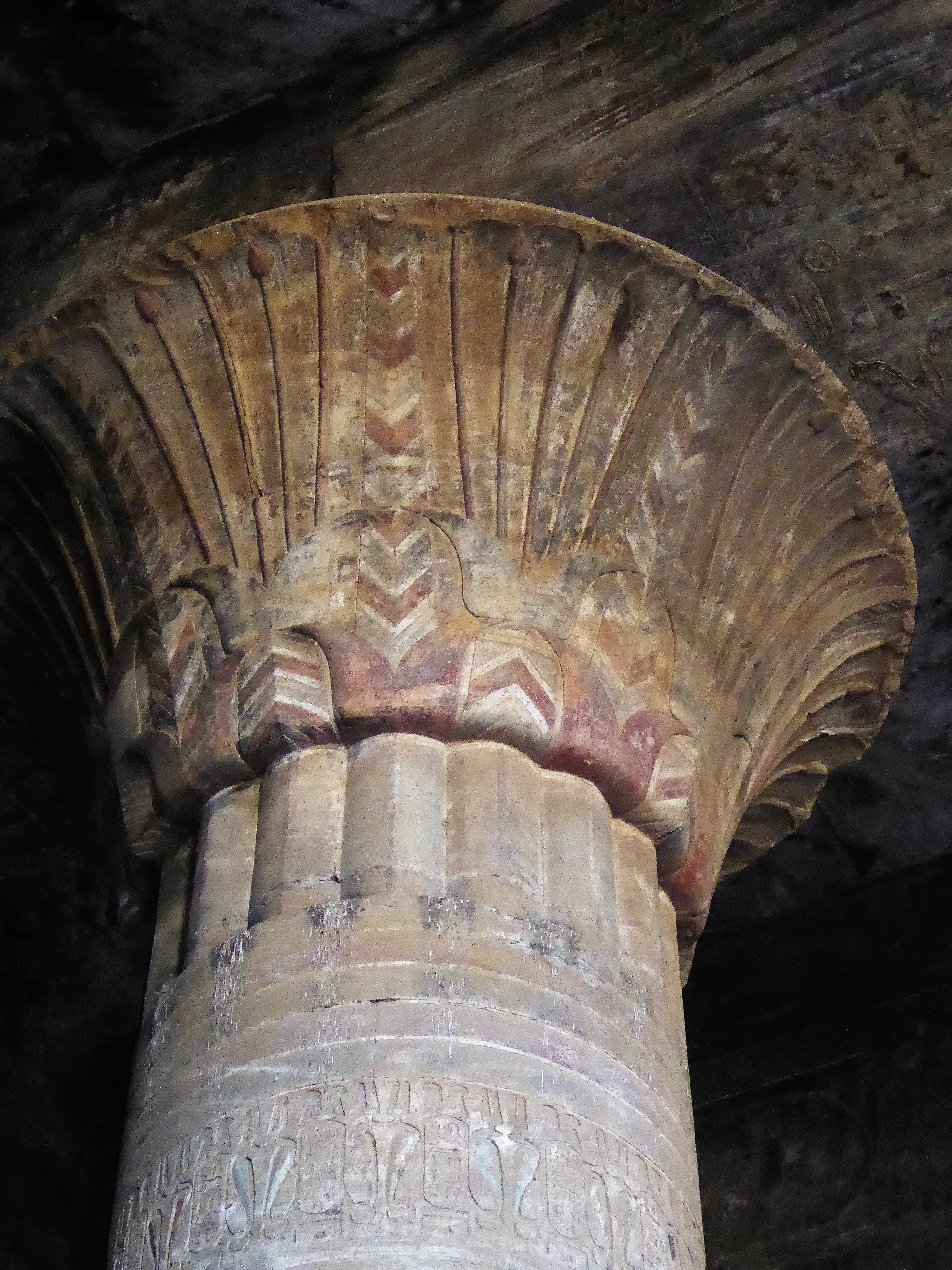
Inside the inner sanctum the shrine and the vessel which housed the golden statue of Horus still stands, a replica as the original is in a museum in Germany I think. The shrine was the permanent place for the statue, the vessel was used when the statue was moved. Once a year the statue would be taken out into the first courtyard for the general public to see, more regularly (don’t know how regular) the vessel would be taken to the balcony of the second pylon to be shown to everyone. The journey was a one-way journey; the passageway along with the vessel was designed to only go in one direction, so there is a passage leading up to the balcony and one opposite to lead them down – I hope that makes sense!?
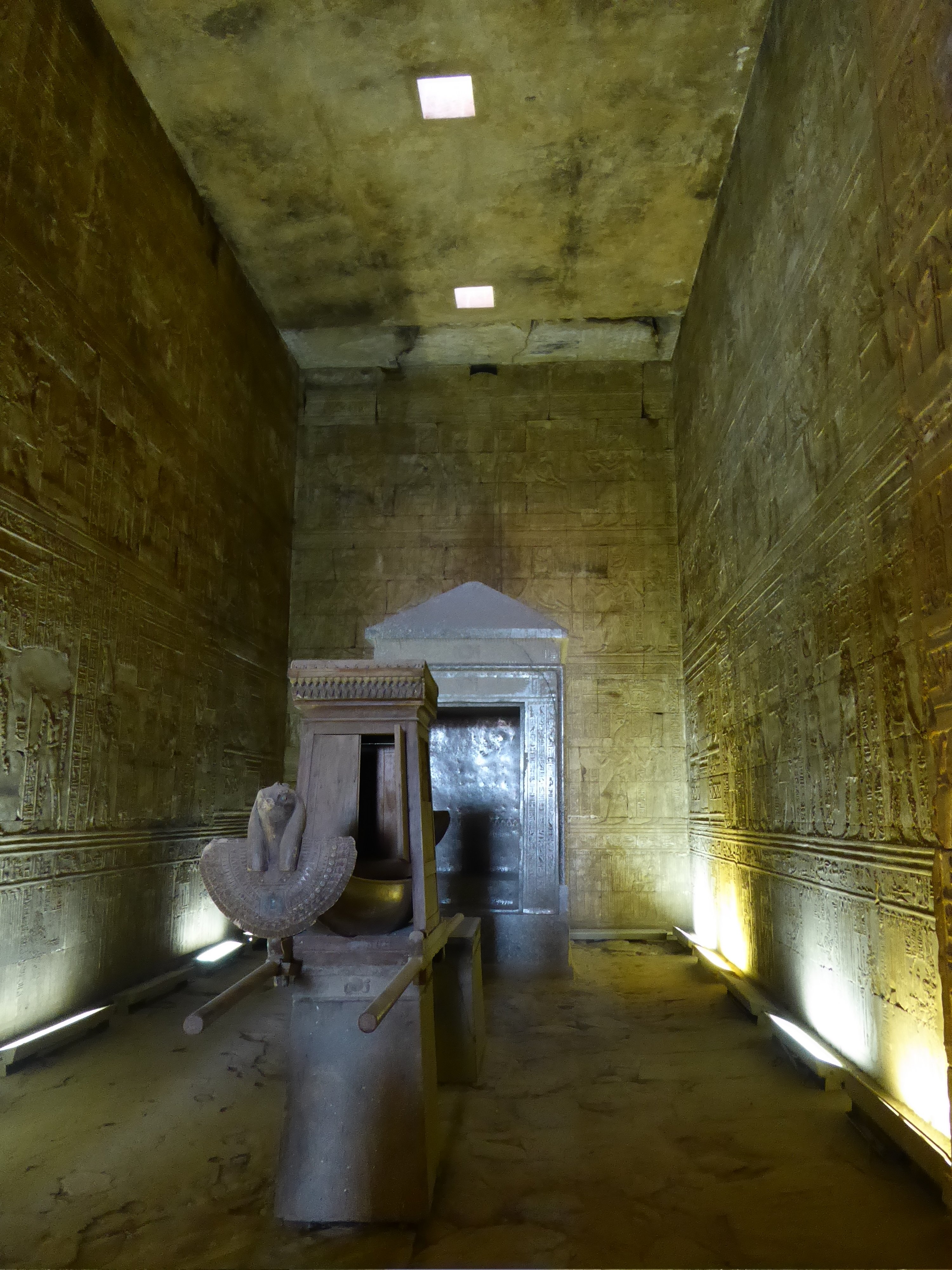
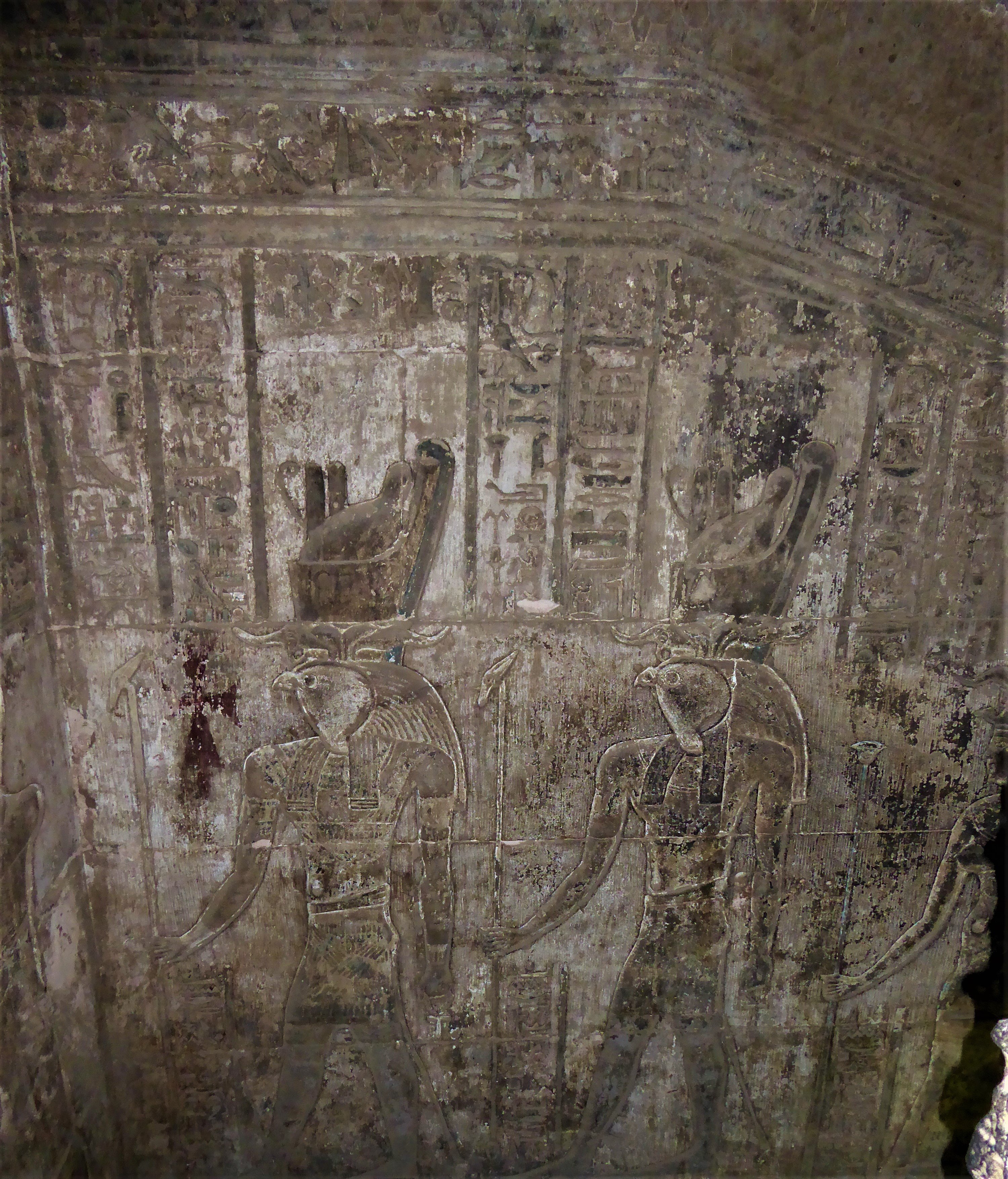
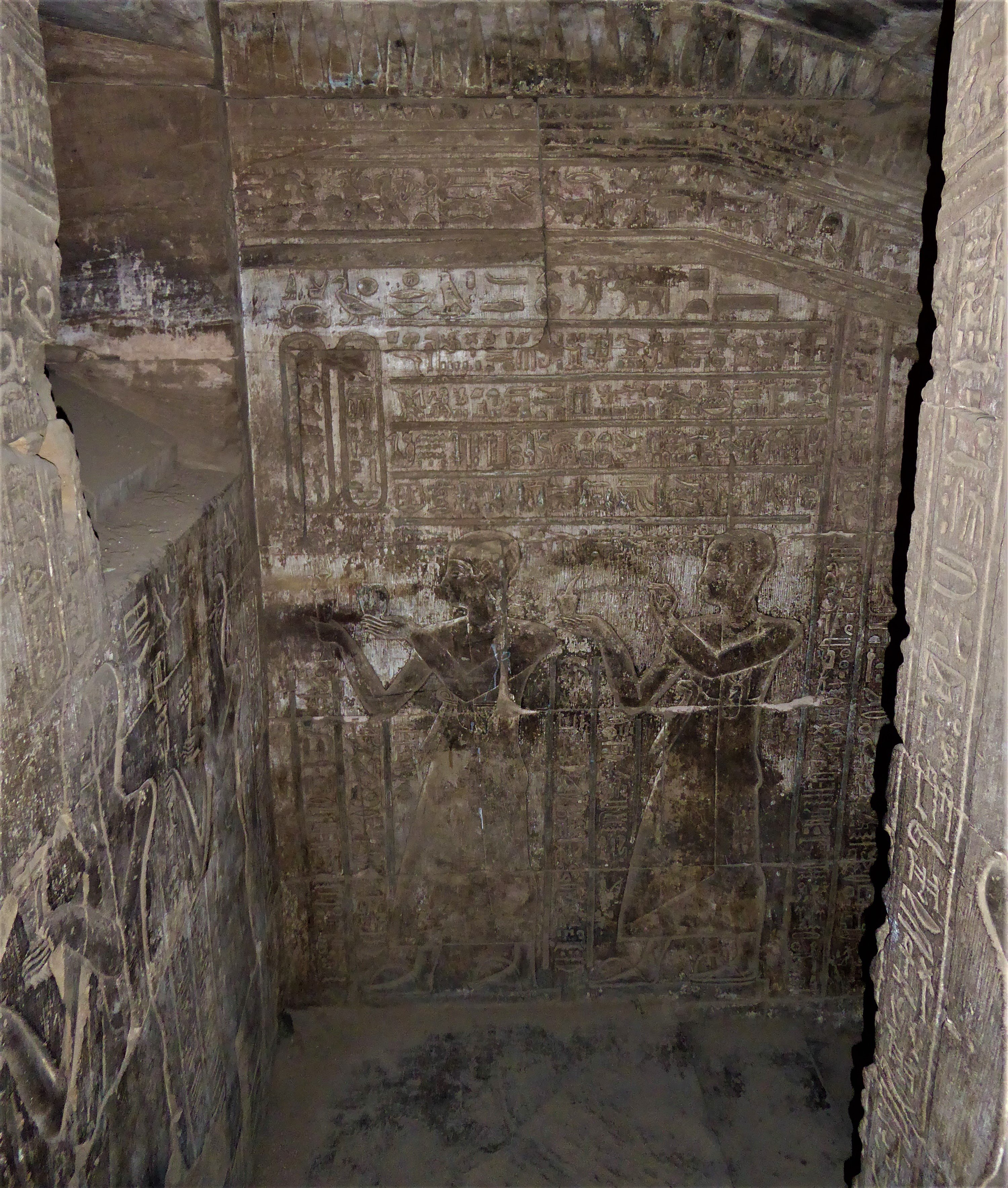
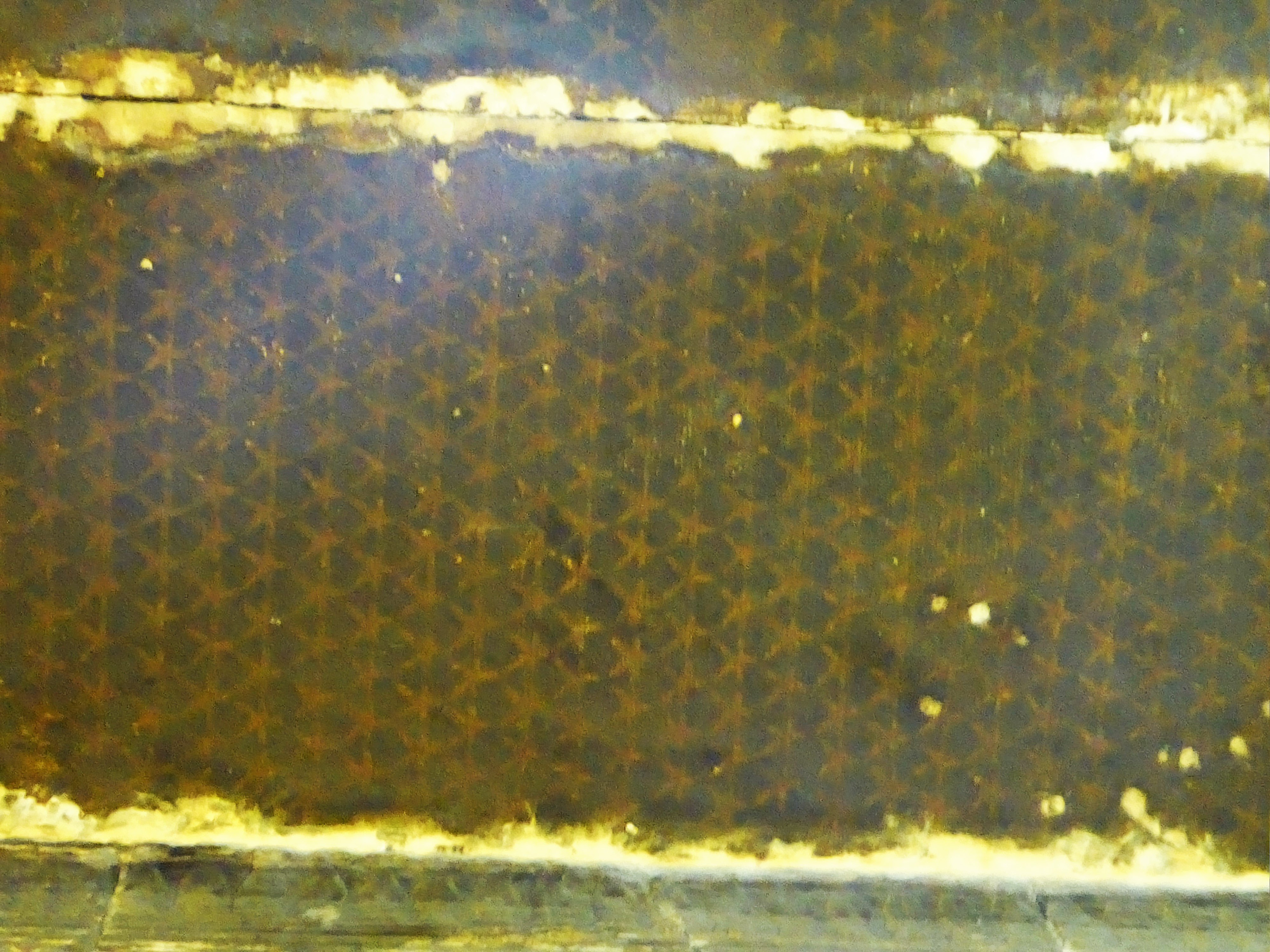

All around the Edfu Temple is covered from top to bottom in decoration and would have been painted from top to bottom too, even the outside walls. Even as it stands today it has retained its WOW factor, back then it would have blown your mind!
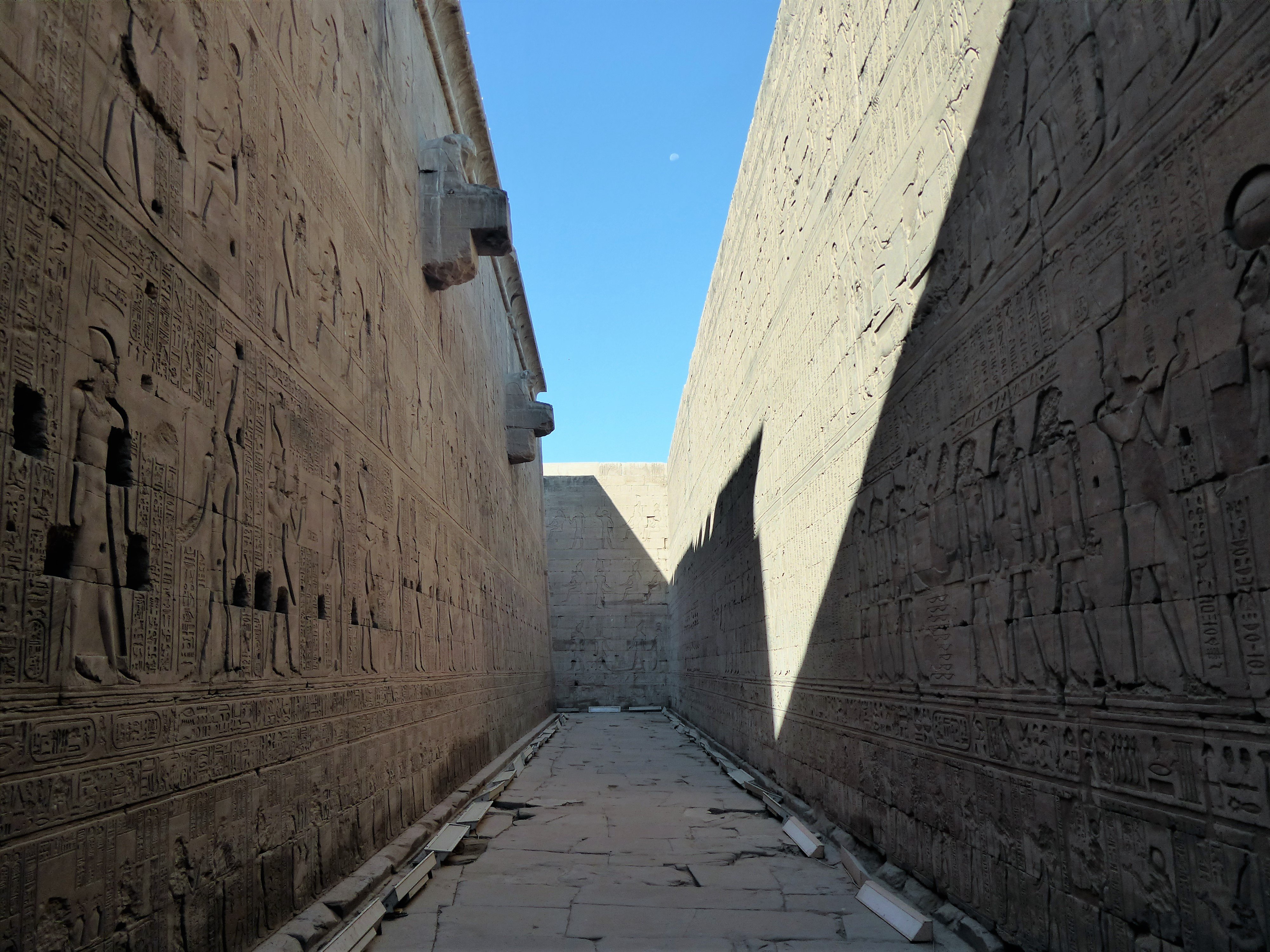

I got rather carried away when I began writing this and forgot to mention the Birth House, this is on the left side about 80m before the first pylons. The building is in good condition, but all the carvings of the gods have been brutally vandalised, not one of the carvings has not been damaged outside and inside, such a shame.
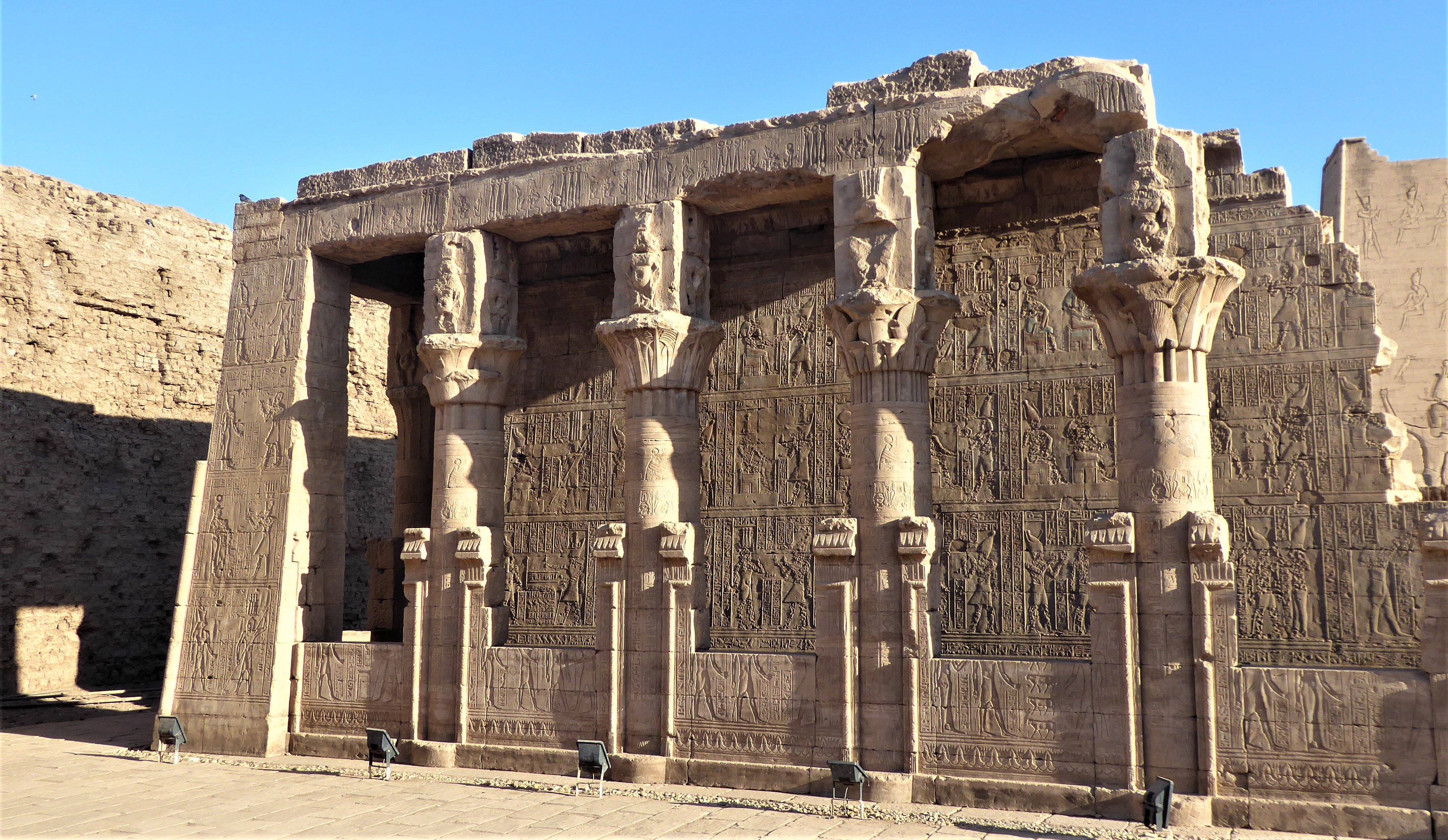
Back to our chariot where our emaciated steed awaited to amble us back to the boat. If I saw nothing further of Egypt I would have been satisfied, alas I didn’t know that there were even bigger and more impressive things yet to be seen!
Back on the boat chilling by the pool, through the big lock…next stop Luxor, where my mind was going to be blown away!
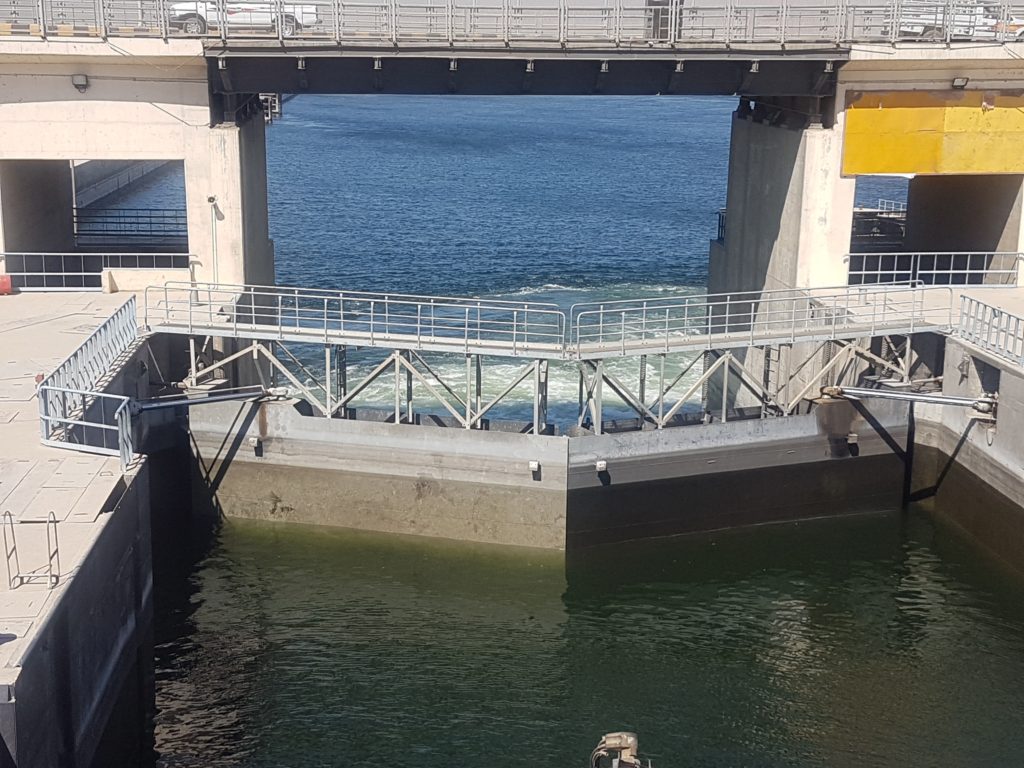

Next stop Luxor, where my mind was going to be blown away! If you haven’t already see it here is my previous post on my time in Aswan and wait for my next post which was my time in Luxor starting at the Valley of the Kings.
